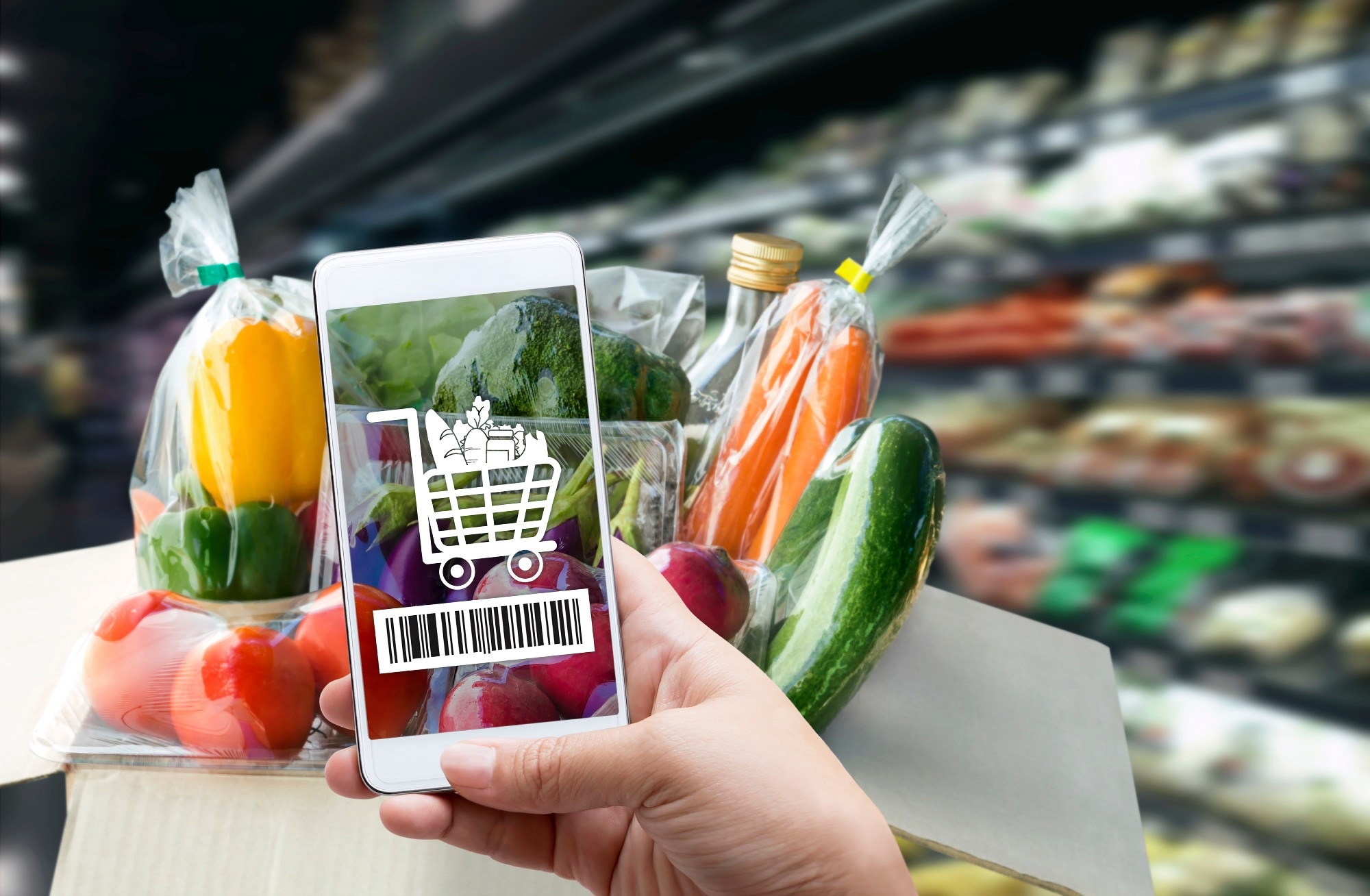How to Turn Raw Business Data into Revenue with AI

Summary:
Small and medium-sized businesses are already generating a goldmine of data—from sales transactions and customer feedback to supply chain logs and social media activity—but without AI, that data sits unused. By applying artificial intelligence across a clear data-to-revenue pipeline—collection, integration, insight generation, and automation—SMEs can unlock powerful growth opportunities. From smarter patient targeting in pharma to optimized promotions in CPG, AI transforms raw data into actionable strategies that boost revenue, reduce costs, and prevent customer churn. With the right focus, even modest datasets can fuel pilots that deliver measurable ROI, helping businesses anticipate market shifts and gain a competitive edge.
How to Turn Raw Business Data into Revenue with AI
Most small and medium-sized businesses are already sitting on a valuable resource. It is not a new product or a new hire. It is data.
From sales transactions and customer feedback to supply chain logs and social media activity, your business generates a constant flow of information. But without a way to make sense of it, data remains just that, raw and unused.
Artificial intelligence (AI) is the missing piece. It transforms raw data into insights, actions, and ultimately, revenue.
The Data-to-Revenue Pipeline
Turning data into business results does not happen by accident. It follows a clear pipeline:
- Data Collection
You likely already collect data through your CRM, inventory systems, ecommerce platforms, POS terminals, or ERP software.
- Data Integration
AI becomes powerful when it connects data from multiple systems. For example, combining sales history with web analytics and customer service logs can uncover trends that none of these systems show individually.
- Insight Generation
Once your data is centralized, AI models can analyze it for patterns, anomalies, and correlations. These insights help identify new opportunities, risks, and efficiency gains.
- Action and Automation
The final step is embedding those insights into workflows. Whether it's adjusting a marketing campaign or rerouting a shipment, AI should help you take action, not just generate reports.
Real Use Cases for SMEs
Here is how small and mid-sized businesses in Pharma and CPG are already turning data into revenue with AI.
Pharma Example: Smarter Patient Targeting
A specialty pharma company used AI to analyze prescription data, trial outcomes, and patient demographics. The model identified patient subgroups most likely to respond to a new therapy. By focusing their outreach, they improved trial recruitment and reduced marketing spend.
CPG Example: Optimizing Promotions
A regional food brand used AI to analyze POS data, local weather patterns, and social media chatter. The insights helped them run targeted promotions during peak buying periods, increasing revenue per campaign by over 30 percent.
Cross-Industry Example: Predicting Customer Churn
An AI model can monitor customer behavior and predict which clients are likely to stop buying. Early intervention campaigns can then retain more customers, preserving long-term revenue.
What Kind of Data Do You Need?
You do not need massive datasets or perfect data to get started. Most AI use cases can be powered by the data SMEs already have:
- Sales and order history
- Customer support tickets
- Email open and click data
- Inventory and warehouse data
- Website traffic and engagement
- Social media interactions
- Public datasets like demographics, economic indicators, and market trends
What matters most is consistency and structure. Even modest cleanup and organization can unlock powerful insights.
Making AI Practical for SMEs
Here are steps to start turning your business data into revenue without overwhelming your team.
1. Identify a Business Problem, Not a Technical One
Instead of asking “how do we use AI,” ask “what decision would we make better with the right insights?” For example, “how do we predict which products will be popular next quarter” or “how can we reduce customer churn.”
2. Focus on One Use Case
Don’t try to solve everything at once. Pick a use case that’s visible, measurable, and tied to revenue.
3. Use the Data You Have
Work with an AI partner who can extract value from your existing systems. You can always bring in more data later.
4. Run a Pilot with Real ROI Targets
A 60-day pilot is enough to test whether a model adds value. Define clear success metrics: revenue uplift, reduced returns, fewer service calls, etc.
5. Automate Where It Matters
Insights are great, but action is better. For example, if a model predicts low inventory, connect it to your procurement system to trigger restocking.
Final Thoughts
Data is your most underused business asset. AI is the tool that makes it work for you.
For SMEs, the goal is not to become a data company. The goal is to become a smarter, more responsive business that knows what is happening, why it’s happening, and what to do next.
AI allows you to stop reacting and start anticipating. And in competitive industries like Pharma, CPG, and Finance, that shift is where revenue is won or lost.
📩 Contact RILA GLOBAL CONSULTING today to learn more.
Read More

Q4 Consumer Signals: What Costco, BJ’s, and Sam’s Club Tell Us About Holiday Spending
The article delves into Q4 consumer signals gleaned from Costco, BJ's, and Sam's Club, highlighting how these wholesale retailers provide a crucial barometer for holiday spending and evolving shopper expectations. While value and bulk purchasing remain paramount, consumers are exhibiting diminishing patience for operational frustrations, demanding seamless experiences alongside significant savings. Costco navigates a reputation for premium value amidst growing complaints of overcrowding, BJ's champions aggressive deals despite service inconsistencies, and Sam's Club leverages digital convenience that is often undermined by fulfillment issues and unexpected viral moments. Collectively, these insights paint a picture of a holiday season where consumers are highly deal-sensitive but increasingly expect retailers to mitigate the inherent stresses of holiday shopping, offering early indicators of shifting loyalty and household budget priorities.
December 7, 2025
READ MORE

Thanksgiving 2025 Social Media Trends: What 2 Million Consumer Conversations Reveal
Thanksgiving 2025 conversations on social media revealed key consumer sentiments and trends, with over 2 million posts highlighting holiday planning, food prices, and family dynamics. Millennials, in particular, are shaping purchasing decisions. While overall sentiment was positive, concerns about specific item price spikes and distrust in AI-generated recipes emerged. Retailers can leverage insights on value, convenience, and transparency to better connect with consumers.
November 27, 2025
READ MORE

Black Friday 2025: What Consumers Really Said On Social Media About Holiday Spending
Black Friday 2025 saw over a million social media mentions in the US, revealing a complex consumer sentiment. While shoppers eagerly sought genuine value in deals, particularly for streaming services, electronics, and gaming, they also expressed growing fatigue and distrust due to perceived fake discounts, high-pressure tactics, and financial strain. The emergence of AI tools like ChatGPT and Gemini in the research and comparison process signifies a major shift in consumer behavior, demanding greater transparency and meaningful value from brands to gain trust in future holiday sales events.
November 27, 2025
READ MORE

How Americans Used AI for Thanksgiving 2025: What Millions of Conversations Reveal
As Americans navigated Thanksgiving 2025, artificial intelligence emerged as a helpful, yet cautiously adopted, assistant in the kitchen. While millions of social conversations reveal a willingness to use AI for tasks like generating grocery lists, finding substitutions, and understanding food safety, a significant skepticism remains regarding AI's ability to handle the critical elements of holiday meal preparation. The rise of 'AI slop' highlights concerns about low-quality or nonsensical AI-generated recipes, leading consumers to rely on trusted human sources for the main dishes. Ultimately, AI is seen as a valuable tool for planning and convenience, but not as a replacement for human expertise in crafting the centerpiece of the Thanksgiving table.
November 27, 2025
READ MORE

Best Buy Social Media Analysis Ahead of Earnings: What 500K Online Conversations Reveal
Ahead of its Q3 2025 earnings announcement, over 500,000 social media conversations paint a consistent picture of Best Buy: consumers appreciate its deals, product selection, and the promise of reliable tech support. However, significant frustrations persist regarding delivery issues, complex warranties, and poor customer service follow-through. Despite these operational challenges, Best Buy's brand appears stable and predictable, lacking major scandals or controversies, which suggests a low-drama earnings call and reinforces its image as a reliable, though not always seamless, retail brand.
November 25, 2025
READ MORE

Inside the Crumbling US Job Market: 18M Social Media Mentions on Work, Pay, and Layoffs
Conversations surrounding the US job market have surged, with 18 million social media mentions revealing widespread anxiety about work, pay, and job security. Layoff announcements are at a 22-year high, mirroring levels not seen since the Great Recession, while continuing unemployment claims are nearing four-year peaks. This sentiment is amplified by the emotional texture of online discussions, where people express struggles to afford bills, the necessity of second jobs, and burnout. Concerns about AI's potential to eliminate white-collar roles, coupled with frustrations over applicant tracking systems and 'ghost jobs,' further contribute to a deeply negative outlook, overshadowing positive stories of job acquisition and meaningful work.
November 21, 2025
READ MORE

The End of the U.S. Penny: What Social Listening Reveals About Value, Nostalgia, and America’s Evolving Relationship With Currency
The end of U.S. penny production sparked an online conversation far richer than a simple economic update — revealing a moment where money, memory, and national identity collided. Social listening shows Americans framing the discontinued coin as a cultural artifact, a childhood symbol, and a mirror for anxieties about inflation, political leadership, and a cashless future. Nostalgia blended with skepticism as collectors, financial commentators, and everyday users debated what the penny’s disappearance says about shifting priorities in a modernizing economy. In witnessing the final minting of a coin with 232 years of history, the public wasn’t just reacting to monetary policy — they were negotiating the meaning of value itself.
November 19, 2025
READ MORE

What U.S. Consumers Are Really Buying Right Now: Viral Trends, High-Tech Tools, and the New Psychology of Shopping
U.S. consumers are reshaping the retail landscape in real time, blending emotional impulse with unexpected investment as they navigate economic pressure and digital influence. Social conversations show that Americans are simultaneously splurging on high-performance niche tools, making impulsive TikTok-driven micro-purchases, and buying controversial or loosely regulated products that reveal widening trust gaps in the marketplace. Even as budgets tighten, spending on beauty, wellness, and status-defining items remains resilient, signaling that identity, comfort, and social proof matter more than ever. The result is a consumer environment where viral influence outweighs traditional marketing, transparency becomes a competitive advantage, and brands must track fast-moving cultural signals to stay relevant.
November 19, 2025
READ MORE

Target in Q3 2025: What 6 Million Social Media Posts Reveal About the Brand
Target’s Q3 2025 social footprint reveals a brand caught between strong product demand and increasingly strained execution. Shoppers still love Target’s private labels, seasonal magic and exclusive collaborations, but their enthusiasm is undercut by widespread frustration with understaffed stores, long checkout lines, messy environments, unreliable digital inventory, app glitches and inconsistent delivery through Shipt and Circle 360. Social and political debates as well as safety concerns add volatility to Target’s perception, even as private-label performance and holiday readiness remain clear strengths. The data shows a widening gap between Target’s brand promise and the real shopper experience - one that represents both a risk to loyalty and an opportunity for operational reinvention.
November 18, 2025
READ MORE